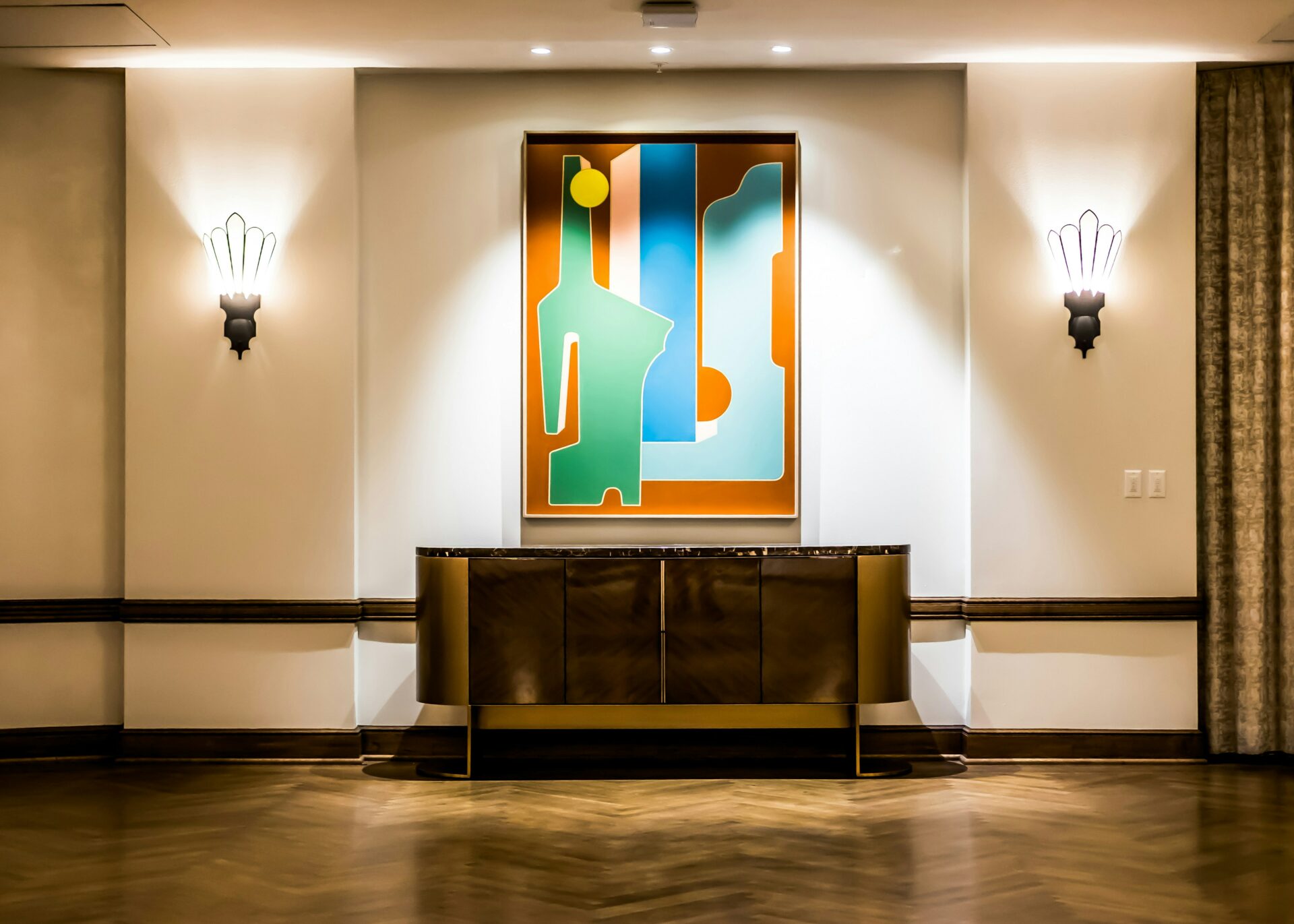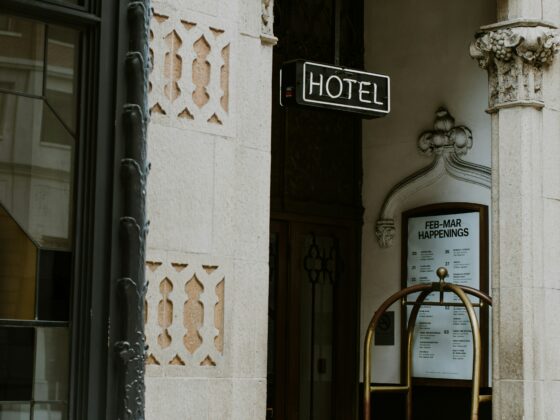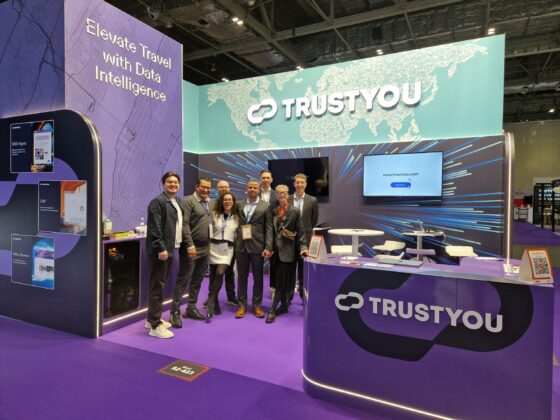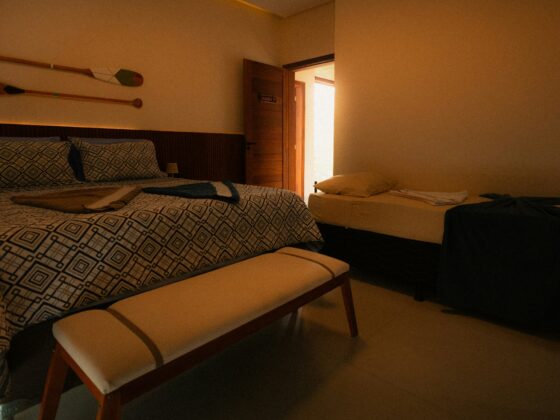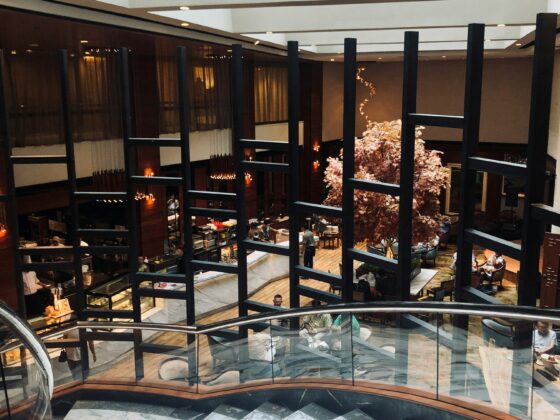I’ve had this conversation with hotel leaders more times than I can count—over coffee, in boardrooms, at conferences around the world. And it always starts the same way:
“We need better alignment between Sales, Marketing and Revenue.”
But the truth is, alignment isn’t enough anymore.
The traditional commercial structure in hospitality—where each department works in its own vertical—was built for a different era.
One where guest behavior was more predictable, technology played a supporting role, and competition followed clearer rules.
That era is gone.
You can now listen to this episode on Spotify or at the hospitality labs website —perfect for your next commute or coffee break
The Commercial Reinvention of Hospitality
Today, we’re navigating a world where demand is more fragmented, acquisition more expensive, and personalization is expected at every touchpoint.
And to thrive in this landscape, we need more than alignment—we need reinvention.
From Siloed Functions to a Unified Engine
The commercial funnel has evolved.
- Revenue decisions now shape the success of marketing campaigns.
- Sales targeting relies on insights from demand patterns and price sensitivity.
- Brand perception is driven by the digital journey—one that starts long before the booking.
Yet, in many hotel organizations, these teams still operate with separate KPIs, different tools, and sometimes even competing goals.
What’s needed is a shift from isolated functions to a cohesive, integrated commercial team working toward one outcome: profitable growth.
The New Commercial Architecture
We’re seeing a clear trend: the most forward-thinking hospitality companies are evolving into revenue-centric ecosystems. Here’s how the transformation looks:

The New Commercial Architecture
- Collaboration becomes the operating system.
- Data becomes the common language.
- And strategy becomes everyone’s responsibility.
Where to Start (Without a Full Restructure)
Even if your org isn’t ready for structural change, you can start creating momentum with a shift in mindset:
- Co-define Commercial Goals
- Create Cross-Functional Rituals
- Map the Guest Journey Together
- Nurture Hybrid Talent
Why This Is Strategic, Not Just Operational
We’re entering a phase of slower RevPAR growth, rising CAC (Customer Acquisition Cost), and greater pressure on margins.
In this context, internal misalignment isn’t just inefficient—it’s expensive.
A unified commercial structure enables:
- Faster decision-making
- More consistent messaging
- Better customer segmentation
- Smarter personalizatio
And ultimately: better results.
Final Thoughts
The hospitality companies that succeed over the next decade won’t just be the ones with the best tech stack or biggest budgets.
They’ll be the ones that have reimagined their commercial engine—not as a set of departments, but as a single, strategic force.
If you’re reading this as a GM, CCO, or aspiring leader: this is your moment to lead from within.
To ask: Are we structured for the future we want to create? And if the answer is no, to start shaping it—one bold decision at a time.
Until next time, keep exploring the endless possibilities of hospitality.
Fernando Vives
About Fernando Vives
Fernando Vives stands at the forefront of hospitality expertise, guiding Minor Hotel Europe and Americas (part of Minor Hotels ) Commercial Discipline and Top Line Results. His dynamic leadership oversees a vast portfolio, including sales, brand strategy, marketing, revenue management and digital growth, steering a team of over 2,000 across 30 countries and managing a turnover of over $3 billion USD. Awarded as one of the Top 20 Extraordinary Minds by HSMAI in the industry for Commercial & Revenue Optimization Leadership, Fernando’s extensive background includes senior roles at renowned hotel chains and ventures into entrepreneurship. He is an academic pioneer, and an esteemed speaker and a passionate industry advocate, Fernando’s educational prowess is matched by his commitment to shaping the future of hospitality as an Ambassador for Hospitality Labs
The views and opinions expressed in this newsletter are solely those of Fernando Vives and do not necessarily reflect those of any company or organization he works for or is affiliated with, nor those of their partners or suppliers. The data sources used are mostly public, ChatGPT may have been used for research assistance, copywriting or editing. If you find any discrepancies or errors in the data or insights shared, please reach out via LinkedIn for necessary adjustments. Thank you for following and being a part of this community.
read the blog at the hospitality labs blog
